To add to the outdrive thing, they make engine maintenance tough as the engine(s) are jammed up against the transom, and if twins, usually very close together. Plus, there are corrosion concerns, more leak points (bellows), etc. on the drives.
As far as twins go, even in a 35 - 40 footer, engine room workability varies a lot. Some have awkward access to certain areas, or tanks outboard of the engines that make things challenging. Others are not bad at all. So I wouldn't write off twins on maintenance access concerns as a blanket rule, but definitely take a good look at any boat in question to see what the access looks like.
As an example of a worst case, my dock neighbor has a 40 foot Formula with twin sterndrives. The inboard exhaust manifolds on the engines are 2 inches apart. And the engines are all the way aft. The deck above them lifts, so you have unlimited height, but you're basically standing over the engines with very little real access to anything. I don't know how you're even supposed to change the spark plugs on the inboard side of each engine...
On my own boat (38 feet) with engines the same physical size as the Formula example, another 6 inches of height in the engine room would make things easier, but it's not bad as-is. There's nothing outboard of the engines other than the mufflers in the aft corners of the engine room, so there's plenty of space to sit out there (slightly awkwardly on the angled hull bottom) and work on stuff. You have to crawl a bit to get over there, but it's not anything terrible, and there's no tight squeezes. For basic fluid checks and such, you're down in the center of the engine room (which is where you climb down into), which has a bit more height, and you've got a 2.5 foot wide space between the engines to work in.
Example of outboard space in my engine room is shown below. The picture was taken with me sitting next to the front end of the stbd engine looking aft at the muffler and aft bulkhead of the engine room. To give some sizing perspective, that muffler is about a foot in diameter, the inlet pipe at the bottom of it is 5 inches. Muffler is about 2 feet tall, so height outboard ranges from about 2.5 feet at the outer edge to about 3 feet right against the engine (due to hull deadrise). Height in the center of the engine room is about 3.5 feet I think.


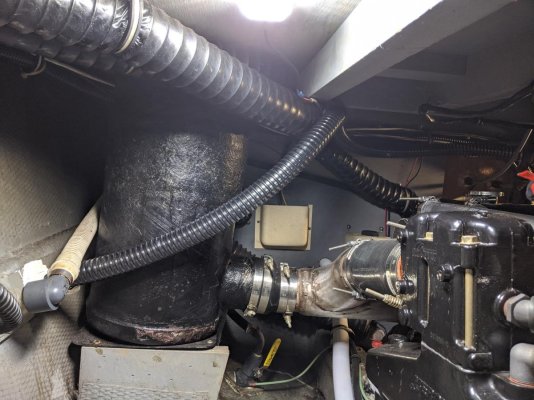

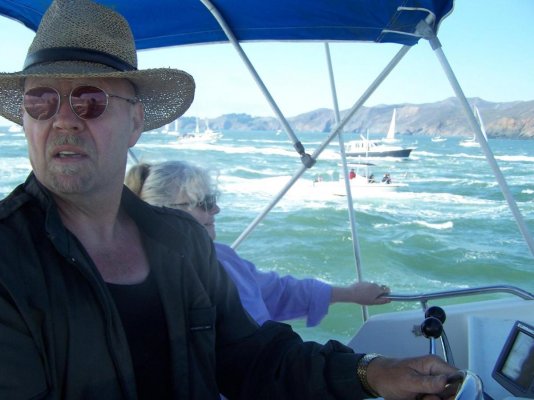
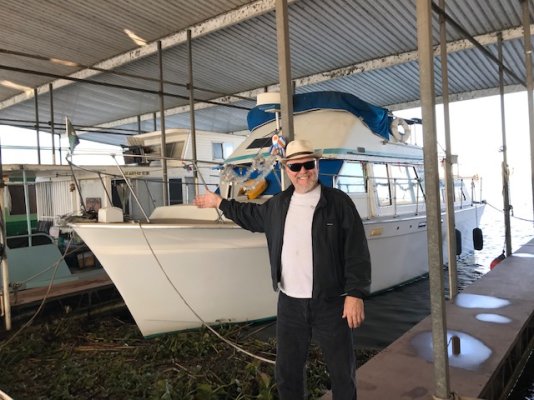
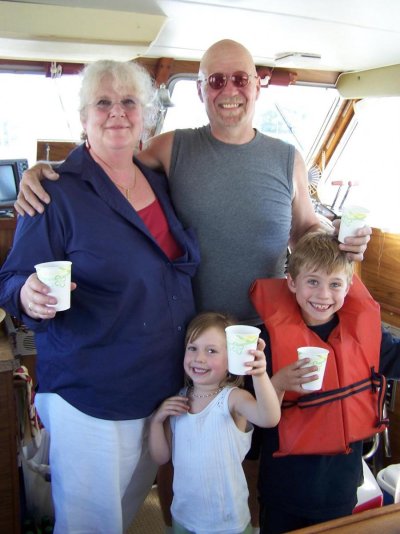
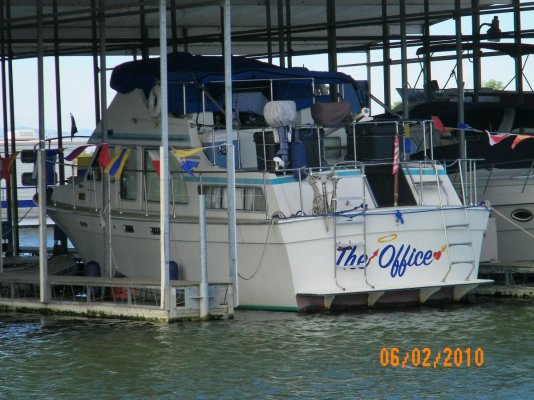
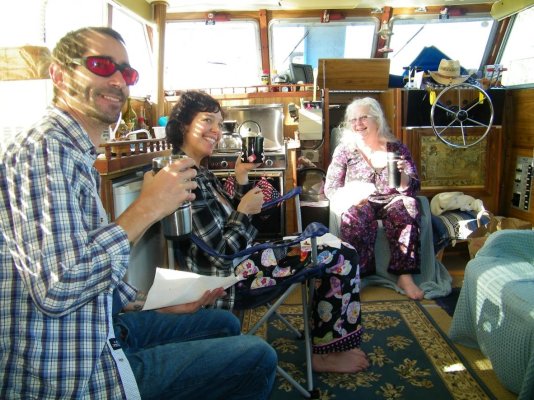
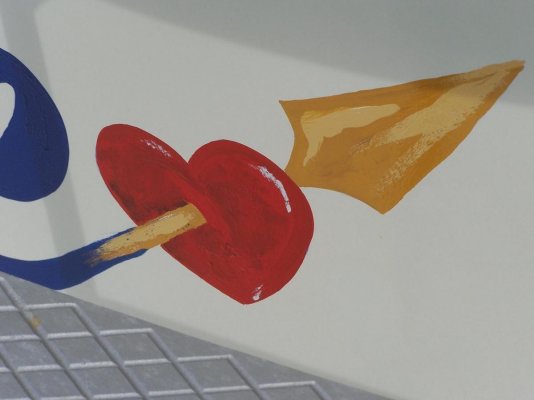
 ... or get great tax deduction!!
... or get great tax deduction!! 
 We have a lovely /huge / lifetime of cruising "CE rating B" opportunity here in the PNW. Let me know when you get it perfect. I will step in with a lowball offer and a smile!
We have a lovely /huge / lifetime of cruising "CE rating B" opportunity here in the PNW. Let me know when you get it perfect. I will step in with a lowball offer and a smile!